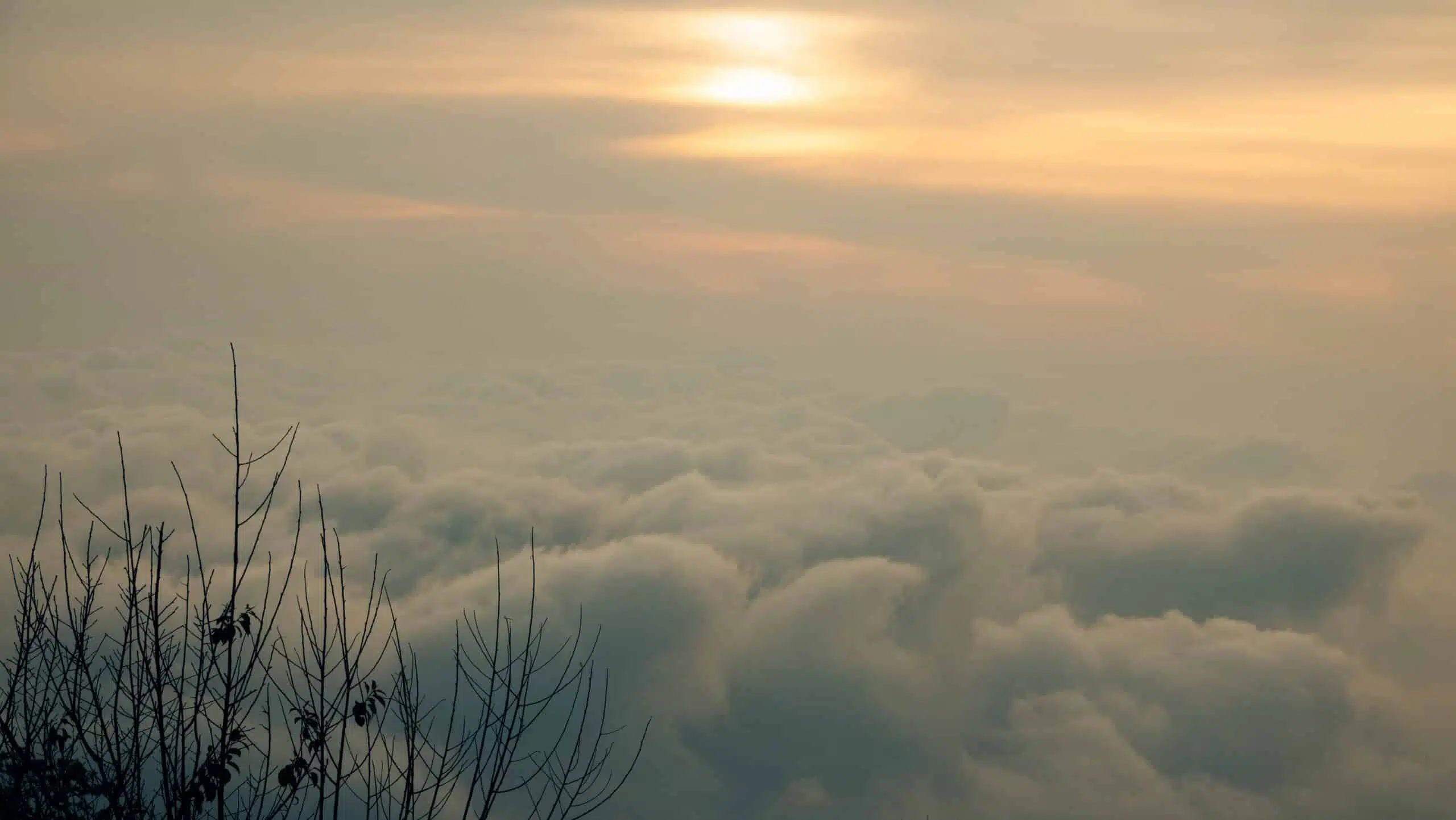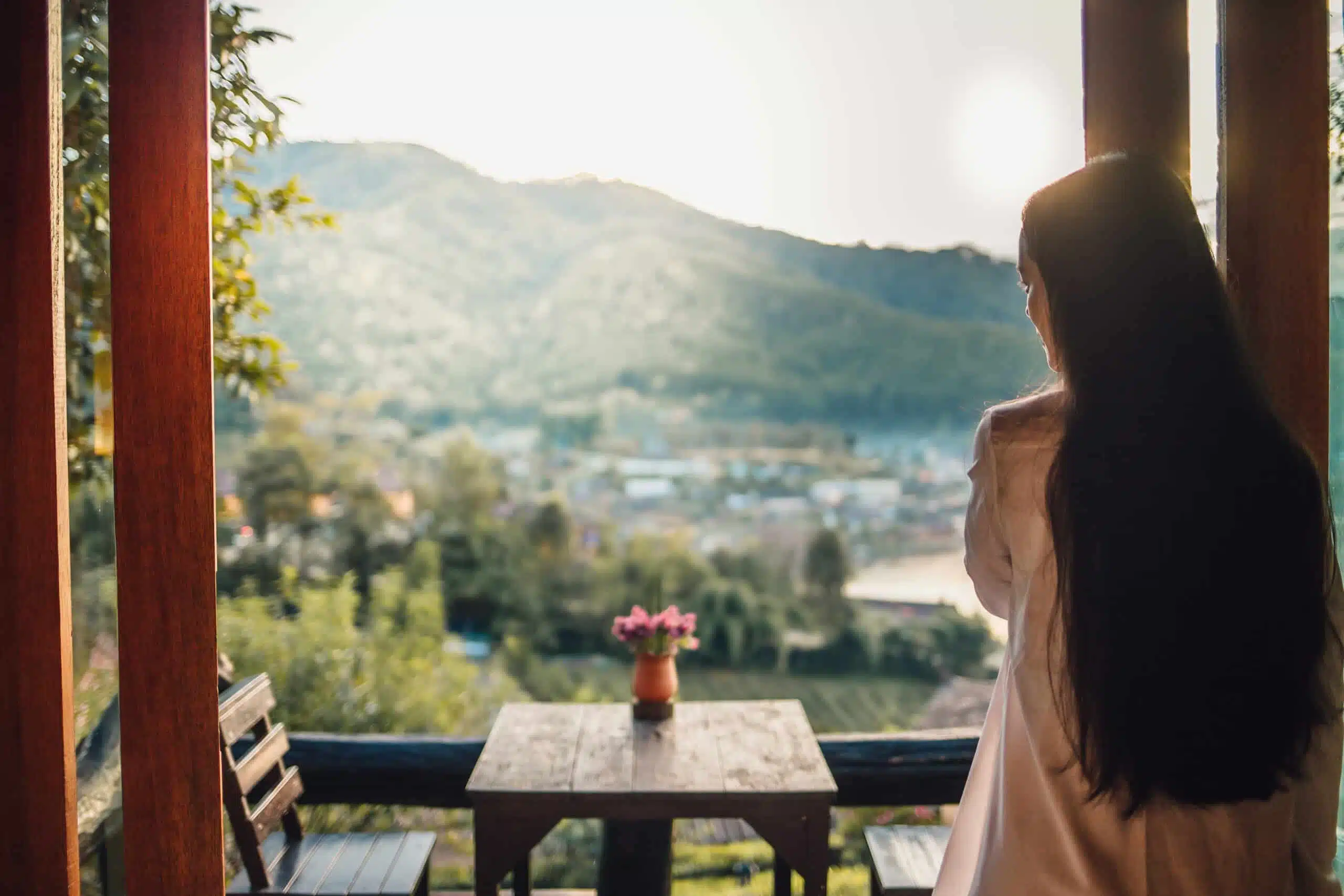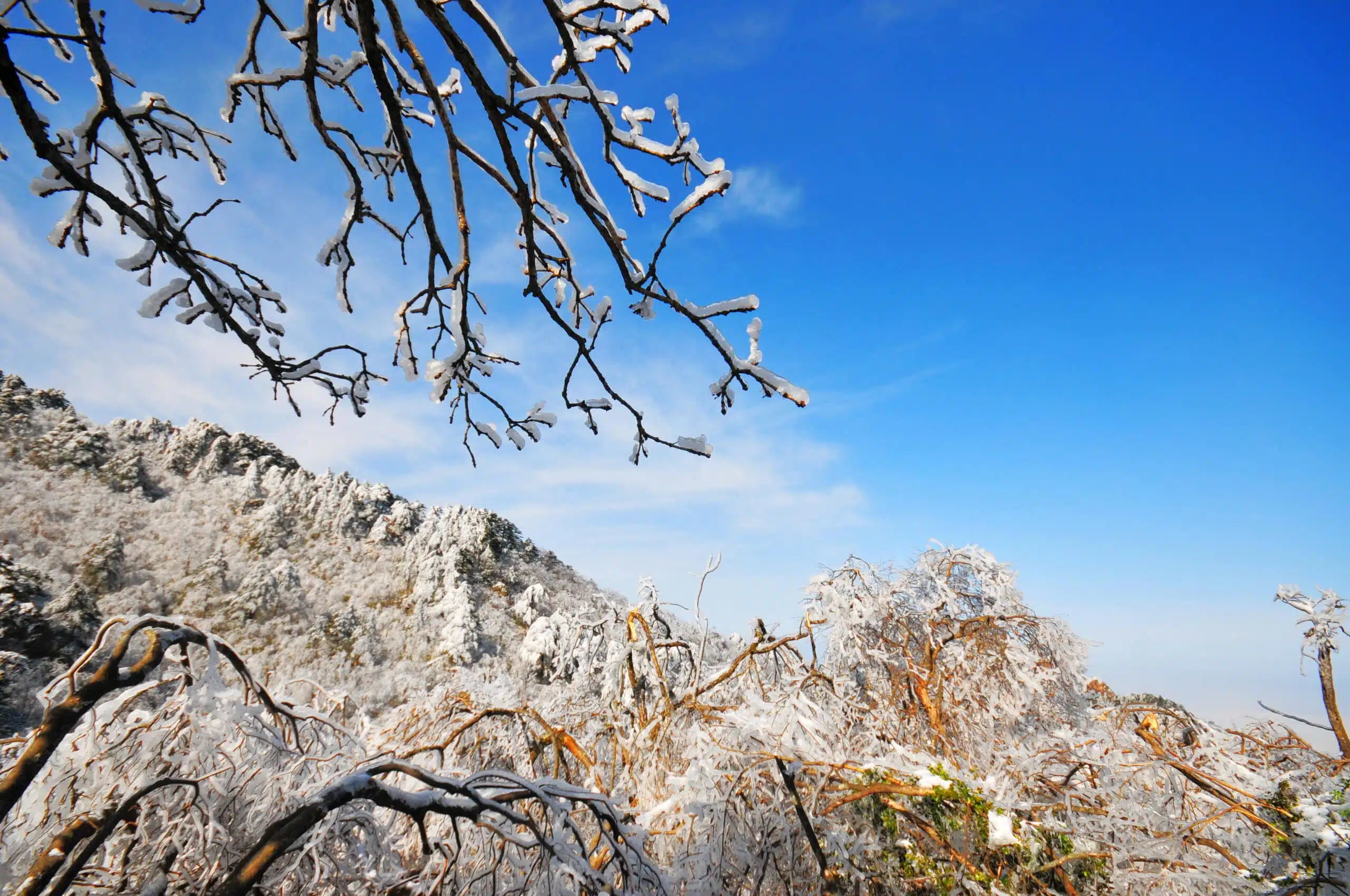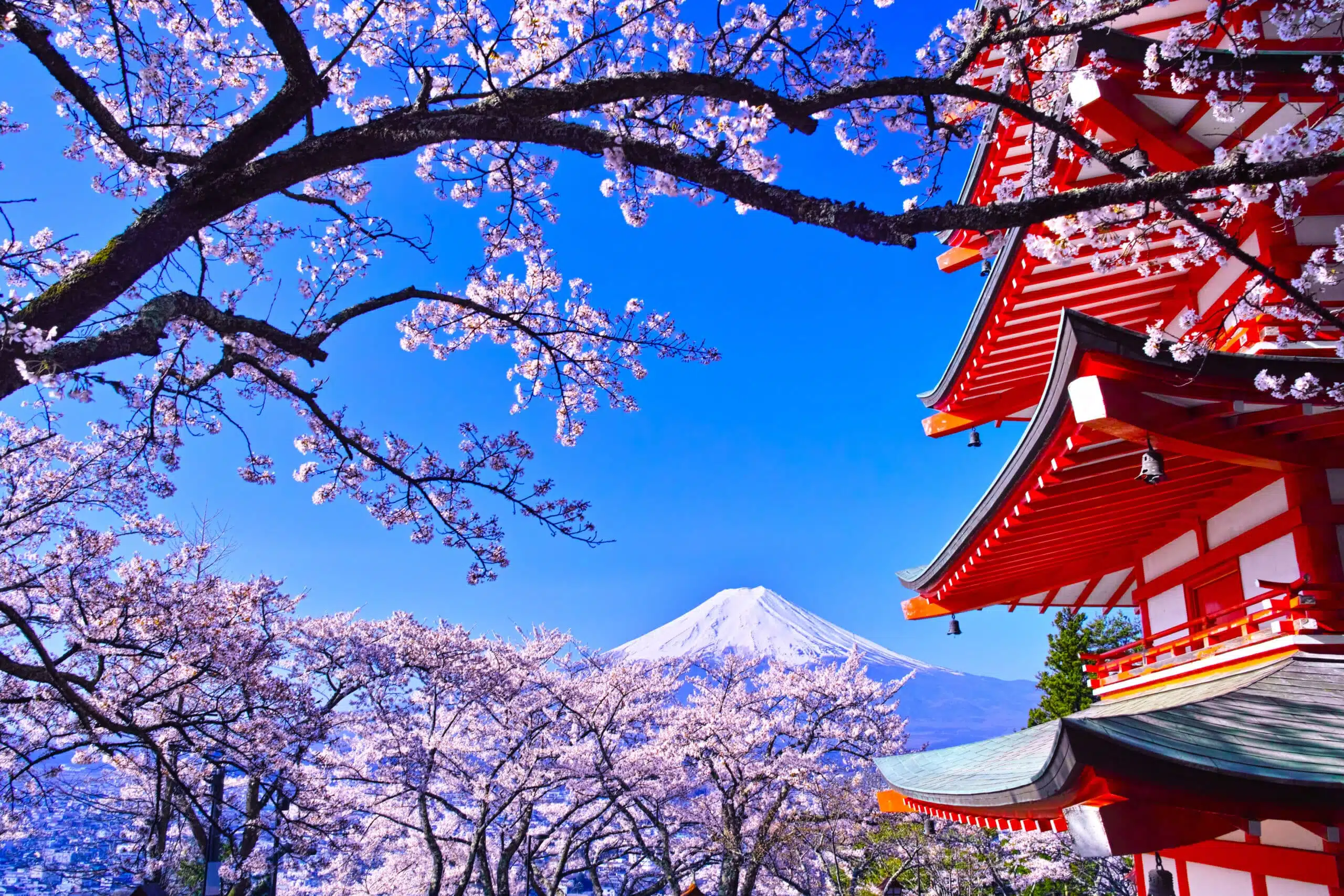Here’s what the Ya-Du poetry form is:
The ya-du is a short Burmese poem about the seasons, usually regarding the feelings they evoke in the speaker (and most commonly positive).
It employs climbing rhyme and end rhymes in a fixed pattern within cinquains, though the term ya-du originally referred to an entire genre rather than a certain form.
So if you want to learn all about the Ya-Du poetry type, then this article is for you.
Let’s dig right in!

Forms of Poetry: The Ya-Du

The ya-du is a Burmese stanzaic verse form dedicated to the seasons and the feelings they evoke.
This may sound somewhat similar to a traditional Japanese haiku in theming, but the expected structure is very different.
Interestingly, the poem did not initially have a certain structure.
It was more like a genre of poetry, like love poems or pastorals, than an actual form.
It wasn’t until Burma gained its independence in the 15th century that the form developed into its modern-day iteration.
Basic Properties of the Ya-Du

| Rhyme Structure | Strict |
| Meter | None |
| Origin | Thailand and Burma |
| Popularity | Uncommon beyond its native tongue |
| Theme | Seasons; usually the feelings they evoke |
How Is a Ya-Du Structured?

The ya-du, as it is understood today, is written in cinquains (five-line stanzas), but only up to three verses at most.
In other words, a ya-du will either have five, ten, or fifteen lines, generally speaking.
So it’s a bit on the short side, but this isn’t a bad thing, as we’ll see soon enough.
The first four lines of each verse are tetrasyllabic (four syllables each) but it is never an isosyllabic form.
The last line of the verse instead has an odd number of syllables that is between five and eleven (including five and eleven).
Functionally this means that the syllable counts will be 4-4-4-4-(5,7,9, or 11) in every verse.
One of the most unique elements of the poem is the use of climbing rhyme.
The fourth syllable of the first line rhymes with the third syllable of line two and the second syllable of line three.
Lines four and five rhyme are end-rhymed, but the difference in length can greatly alter how that rhythm sounds when spoken.

As mentioned in the introduction, the ya-du is expected to be specifically about the seasons and the feelings inspired by those seasons.
This is actually the most integral part of the entire poem since the ya-du has maintained this property and only this property from the very beginning.
While none of the individual standards of the form are overly difficult or unusual, the combination of structural elements and theming do end up building a form that feels wholly unique to itself.
There are other South Asian poem forms that use climbing rhyme, but none function quite like the ya-du.
Example of a Ya-Du

Frost on a tree.
It will be cold
but we will live.
Winter’s brisk kiss
gently leads to this.
The above example is the absolute minimum length for a ya-du, at just five lines and 21 syllables.
Keep in mind that a verse could end up being 23, 25, or 27 syllables instead, depending on the length of the last line.
Whereas longer ya-du poems leave more room to expand on an image, shorter ones, like this one, will pretty much require the poet to choose one thought and stick to it.
In this case, the entire poem only actually has one concrete image (frost on a tree).
One of the most challenging aspects of the ya-du is fitting emotive or evocative phrases within the brevity and strict structure of the poem.
I would call the above poem “half-successful” in the sense that it does meet all the qualifications of a ya-du, but struggles with showcasing any particular emotion. Compare to the next example.

Pink petals bloom
and the gloom fades
so soon, so soft.
A touch of Spring
is such a beautiful thing.
This poem, on the other hand, gives off a much more vibrant sense of emotion, despite having only a few more syllables in the last line.
This ultimately comes down to the word choices.
If you compare the two poems, you’ll see that the first line has a lot of prepositions, articles, and pronouns.
The few words that do actually contribute to the mood aren’t enough to carry the poem.
This second poem, on the other hand, uses a host of very specific and emotionally charged words and phrases.
Adjectives like pink, soft, and beautiful come together to convey a general feeling of warmth while words like petals and bloom passively let us know that the poem is about the beauty of Spring immediately.
What Is Climbing Rhyme?

Since I’ve mentioned it several times, I should explain quickly what a “climbing rhyme” actually is.
Recall the aforementioned structure of the ya-du.
Do you remember the part where I said that the fourth syllable of the first line rhymes with the third of the next and second of the third?
While it may sound like an arbitrary sequence (and technically is) this is actually a very specific technique referred to as “climbing rhyme.”
Burmese poetry features it as a standard technique of their poetry.
Initially, it may seem strange to dedicate a whole term to one sequence of syllables.
But consider this: In English, we have multiple terms dedicated exclusively to defining the order of stressed and unstressed syllables in a line.
Someone who has only ever known English might just assume that’s normal and that’s how poetry works but globally speaking it is not normal and is not how poetry works.
In fact, many of the forms you’re probably familiar with as metered forms would not have started their lives as metered forms depending on their country of origin.
Other languages frequently count the syllables in a line or similar units such as the Japanese on, but treating meter as a function of how many syllables are stressed or unstressed is very much an English-exclusive element.

It could be seen as an imitation of the Greco-Roman styles that emphasized long and short sounds, but even that isn’t actually a one-to-one comparison.
Whether we realize it or not, poetic techniques that we treat as obvious evolutions of sound and structure are not truly natural or innate.
They are, by their very nature, artificial building blocks that we as a society have arbitrarily given weight, meaning, and a sense of tradition to.
In Burmese culture, climbing rhyme just happens to be an expected element of poetry. (Though it isn’t any more universal to them than metric poetry is here.)
This isn’t to downplay the importance of technique or anything, but we have to acknowledge these truths when studying foreign poem forms so that we don’t fall into the trap of thinking that the techniques of another language are “more arbitrary” than ours.
Our own definitions associated with poetry are just as weird and silly as anyone else’s.
Tips for Writing a Ya-Du

First, just accept that the name of the poem is more fun to say than anything you’re going to come up with off the top of your head.
YA-DU!
Second, imagery.
Imagery is extremely important to the ya-du and you really do need to start out by thinking about what images will be central to what you want to express.
What is it about Fall or Winter or Spring that really gets your motor running?
Perhaps it’s the delicate purposeless tumbling of snowflakes or the meaty crunch of a dead leaf beneath your foot.
Whatever the image, I do recommend sticking with one season for the duration of the poem.
The ya-du, even in its longest variant, is not a long poem.
You shouldn’t work yourself to death trying to describe all four seasons within just five to fifteen lines.
If you chose Winter, then just think about one specific image that screams Winter to you and roll with it.
Keep the climbing rhyme in mind when writing the first line.
Don’t forget that the last syllable of the first line has more impact on the structure than any other syllable of the poem.
It would be wise to choose a sound that you find easy to rhyme with, even mid-sentence.
The length of the last line of the verse drastically affects how the rhythm of the poem will work.
Personally, I prefer to keep it as short as possible (so five syllables basically) just to keep it in step with the other lines, but you can certainly do as you please.
Overall, the ya-du isn’t an especially hard form and you will manage one if you just hang in there.
Just make sure the end result feels as natural as it can so that the feelings you have for the season in question stand out as the main point of the poem.
Or you can write a ya-du about how much you hate summer’s miserable heat waves.
It’s a little different, but you’ll have my full support regardless.
Poet’s Note

So why did I go off on such a long tangent about climbing rhyme?
I do think it’s useful information for budding poets, but frankly, I feel that sleep deprivation had just as much to do with that section as anything else did.
Comprehensive Collection of Poetry Forms: Craft Words Into Art

Dare to traverse the entire spectrum of poetic forms, from the commonplace to the extraordinary?
Venture from the quintessential Sonnet to the elusive Mistress Bradstreet stanza, right through to the daunting complexity of Cro Cumaisc Etir Casbairdni Ocus Lethrannaigecht.
For those with a zeal to encounter the full breadth of poetry’s forms, this invitation is yours.
Start exploring the vast universe of poetic ingenuity with our comprehensive array of poetry forms right now!
